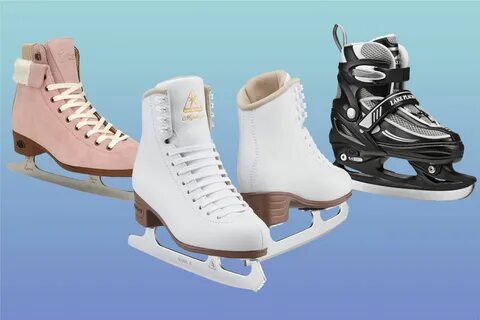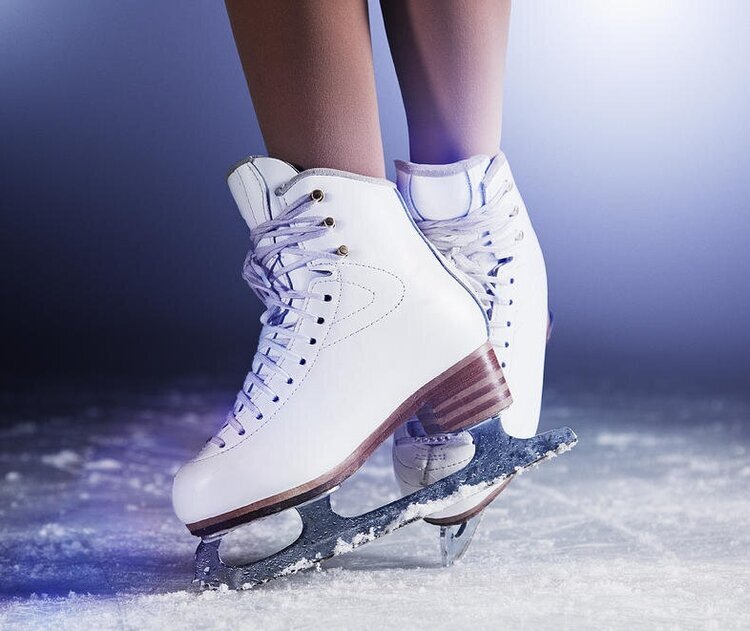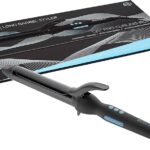Introduction: Understanding Ice Skates
Ice skates are essential equipment for anyone interested in ice sports, whether for recreational skating, figure skating, or ice hockey. Choosing the right pair of ice skates can significantly impact your performance and comfort on the ice. This guide provides a detailed overview of ice skates, including their types, features, and tips for selecting the best pair for your needs.
Types of Ice Skates
Recreational Ice Skates
Recreational ice skates are designed for casual skaters who enjoy ice skating for leisure. These skates are typically more comfortable and easier to use compared to other types. They often feature:
- Soft Padding: Provides comfort for extended skating sessions.
- User-Friendly Design: Simplifies the learning process for beginners.
- Blades: Generally have a basic blade shape suited for smooth gliding.
Figure Skates
Figure skates are specifically designed for figure skating. They have unique features that accommodate the demands of jumps, spins, and intricate footwork. Key aspects include:
- Boot Design: Higher cut around the ankle for better support.
- Toe Picks: Located at the front of the blade to help with jumps and spins.
- Blade Profile: Curved to provide better control and precision.
Ice Hockey Skates
Ice hockey skates are built for speed and agility on the ice. They are designed to withstand the rigors of hockey play and provide maximum performance. Features include:
- Sturdy Construction: Made from durable materials to protect against impacts.
- Blade Holder: Designed for quick turns and sudden stops.
- Blade Shape: Typically has a more aggressive profile for enhanced maneuverability.
Key Features to Consider
Boot Fit and Comfort
When choosing ice skates, boot fit and comfort are crucial. Skates should fit snugly without causing discomfort or restricting blood flow. Consider these factors:
- Sizing: Ice skates often fit differently from regular shoes, so it’s essential to try them on or refer to a sizing guide.
- Padding: Adequate padding ensures comfort during extended periods of skating.
- Arch Support: Proper arch support can prevent foot fatigue and improve skating performance.
Blade Quality and Design
The blade quality and design play a significant role in your skating experience. Key points to evaluate include:
- Blade Material: Stainless steel is common for its durability and sharpness.
- Blade Profile: The shape and hollow of the blade affect grip and glide. Beginners might prefer a shallower hollow for more stability, while advanced skaters might opt for a deeper hollow for better control.
- Sharpening: Regular sharpening is necessary for maintaining optimal performance and safety.
Closure Systems
The closure system on ice skates affects how well they fit and stay secure. Common closure systems include:
- Laces: Traditional and adjustable, allowing for a customizable fit.
- Buckles: Often found on figure skates and hockey skates, providing quick and secure fastening.
- Velcro Straps: Used in some recreational skates for easy on and off.
How to Choose the Right Ice Skates
Assess Your Skating Needs
When selecting ice skates, start by assessing your skating needs:
- Purpose: Determine whether you need skates for recreational use, figure skating, or hockey.
- Skill Level: Beginners might prioritize comfort and ease of use, while advanced skaters might focus on performance features.
- Frequency of Use: Regular skaters might invest in higher-quality skates, while occasional skaters might choose more budget-friendly options.

Try Before You Buy
Whenever possible, try on ice skates before purchasing them. Here’s how to ensure a good fit:
- Wear Proper Socks: Use the type of socks you plan to wear while skating to get an accurate fit.
- Check for Proper Fit: Ensure there’s no excessive movement inside the boot and that the skates provide adequate support.
- Walk Around: Spend some time walking in the skates to check for comfort and fit.
Consider Professional Fitting
For the best fit and performance, consider professional fitting. Many specialty stores offer fitting services where experts can help you find the right pair of skates based on your foot shape and skating style.
Maintaining Your Ice Skates
Regular Cleaning
To prolong the life of your ice skates, it’s important to clean them regularly:
- Dry the Blades: After skating, wipe the blades with a dry cloth to remove moisture and prevent rust.
- Clean the Boots: Use a damp cloth to clean the boots, avoiding excessive water that could damage the material.
Blade Care
Proper blade care is essential for maintaining performance:
- Sharpening: Regularly sharpen the blades to ensure optimal performance and safety.
- Edge Maintenance: Inspect the blades for any nicks or damage and address them promptly.
Storage Tips
Store your ice skates properly to avoid damage:
- Dry Storage: Keep skates in a dry place to prevent mold and rust.
- Protective Covers: Use blade guards or covers to protect the blades when not in use.
Conclusion: Finding Your Perfect Ice Skates
Choosing the right ice skates involves understanding your needs, trying different options, and considering key features such as fit, blade quality, and comfort. Whether you are a recreational skater, a figure skater, or a hockey player, investing in the right pair of skates can enhance your performance and enjoyment on the ice.
By following this guide, you can make an informed decision and find the perfect ice skates that will keep you gliding smoothly and comfortably. Enjoy your time on the ice and make the most of your skating experience with the right equipment.



